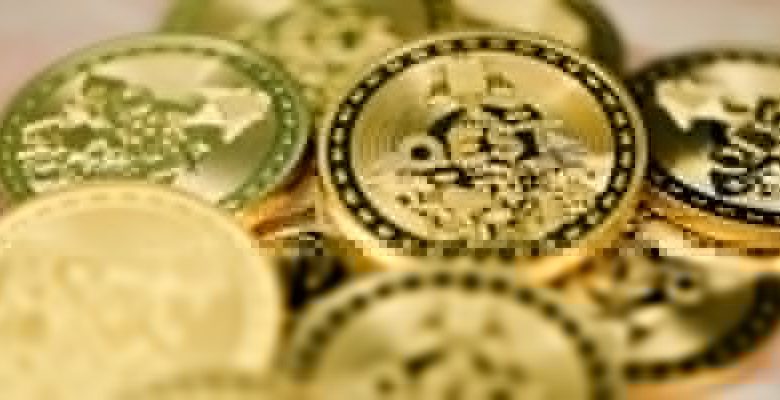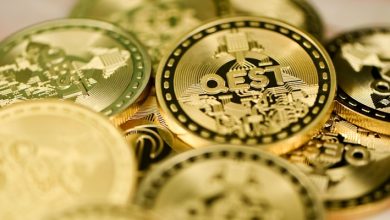How Token Dynamics Are Shaping the NFT Market

- Understanding the role of tokens in the NFT market
- The impact of token dynamics on NFT pricing
- Tokenomics: An essential aspect of NFT trading
- Exploring the connection between tokens and NFT ownership
- Token utility and its influence on NFT values
- Future trends in token dynamics within the NFT space
Understanding the role of tokens in the NFT market
Tokens play a crucial role in the NFT market, serving as the digital assets that represent ownership of a specific piece of content or artwork. These tokens are built on blockchain technology, which ensures their uniqueness and authenticity. By holding a token, individuals can prove their ownership of an NFT and transfer it to others securely.
Tokens in the NFT market are designed to be indivisible, meaning that each token represents a whole unit of the digital asset. This feature adds scarcity and exclusivity to NFTs, making them highly sought after by collectors and investors. Additionally, tokens can be programmed with smart contracts, allowing for royalties to be automatically paid to creators whenever their NFT is resold.
Furthermore, tokens play a significant role in establishing the value of NFTs in the market. The scarcity of tokens, combined with the uniqueness of the underlying digital assets, creates a sense of rarity that drives demand and prices. Additionally, the liquidity of tokens enables NFTs to be bought, sold, and traded easily, contributing to the overall growth of the market.
In conclusion, tokens are the backbone of the NFT market, providing a secure and efficient way to represent ownership of digital assets. As the market continues to evolve, understanding the role of tokens will be crucial for navigating the opportunities and challenges that come with investing in NFTs.
The impact of token dynamics on NFT pricing
The impact of token dynamics on NFT pricing is a crucial aspect to consider in the ever-evolving NFT market. Token dynamics play a significant role in determining the value of NFTs, as they directly influence factors such as scarcity, utility, and demand.
One key factor to consider is the token supply of an NFT project. Limited token supply can drive up demand for a particular NFT, leading to higher prices. Conversely, an oversupply of tokens can result in decreased value and interest in the project.
Token utility is another important aspect that affects NFT pricing. Tokens that have real-world utility or provide holders with exclusive benefits can increase the value of the associated NFT. This can create a positive feedback loop, driving up prices as demand for the NFT increases.
Furthermore, the demand for a particular NFT project can be influenced by token dynamics. Scarcity, utility, and other token features can attract a larger audience of collectors and investors, leading to higher prices for NFTs within that ecosystem.
In conclusion, token dynamics play a significant role in shaping the pricing of NFTs. By understanding how token supply, utility, and demand interact, investors and collectors can make more informed decisions when participating in the NFT market.
Tokenomics: An essential aspect of NFT trading
Tokenomics plays a crucial role in the world of NFT trading, shaping the market dynamics and influencing the value of digital assets. Understanding the tokenomics of an NFT project is essential for investors and collectors looking to make informed decisions. Tokenomics refers to the economic model behind a token, including factors such as supply, demand, distribution, and utility.
When evaluating an NFT project, it is important to consider the tokenomics to assess its long-term viability and potential for growth. The tokenomics of an NFT can impact its scarcity, liquidity, and overall value in the market. Factors such as token distribution, token utility, and the project’s roadmap can all influence the token’s price and appeal to investors.
Tokenomics also play a role in governing the behavior of participants in the NFT market. By understanding the tokenomics of a project, investors can make more informed decisions about when to buy, sell, or hold their NFT assets. Projects with strong tokenomics are more likely to attract investors and collectors, driving demand for their tokens and increasing their overall value.
Exploring the connection between tokens and NFT ownership
One of the key aspects shaping the NFT market is the connection between tokens and ownership. NFTs are unique digital assets that are indivisible and cannot be replicated. Each NFT is represented by a token on the blockchain, which serves as proof of ownership. This token is what gives NFTs their value and authenticity.
When someone purchases an NFT, they receive a token that represents their ownership of that specific digital asset. This token is stored in their digital wallet, providing them with a secure and verifiable record of ownership. The connection between the token and NFT ownership is crucial in establishing the rarity and uniqueness of these digital assets.
By owning the token associated with an NFT, collectors can prove their ownership and authenticity. This connection ensures that each NFT is one-of-a-kind and cannot be duplicated or counterfeited. The token dynamics play a significant role in the value and desirability of NFTs in the market.
Furthermore, the tokenization of NFT ownership enables seamless trading and transfer of these digital assets. Owners can easily buy, sell, or exchange their NFTs using the corresponding tokens. This frictionless process enhances liquidity in the NFT market, making it easier for collectors to engage in transactions.
In conclusion, the relationship between tokens and NFT ownership is a fundamental aspect of the NFT market. Tokens serve as proof of ownership, uniqueness, and authenticity for each digital asset. Understanding this connection is essential for collectors and investors looking to navigate the evolving landscape of non-fungible tokens.
Token utility and its influence on NFT values
Token utility plays a crucial role in determining the value of non-fungible tokens (NFTs). The functionality of a token within a specific ecosystem can greatly influence its perceived worth and desirability among collectors and investors. By offering unique benefits or privileges to token holders, such as access to exclusive content, voting rights, or participation in special events, the utility of a token can drive up demand and, consequently, its market value.
Furthermore, the scarcity of tokens with valuable utility can also contribute to their increased value. Limited token supplies combined with high demand for their associated benefits can create a sense of exclusivity and rarity that drives up prices in the NFT market. In this way, token utility serves as a key factor in shaping the dynamics of the NFT market and influencing the perceived value of digital assets.
It is essential for token issuers to carefully consider the utility of their tokens and how it aligns with the needs and preferences of their target audience. By designing tokens with unique and valuable features that cater to the interests of collectors and enthusiasts, issuers can enhance the appeal and marketability of their NFTs, driving up demand and increasing their overall value in the market.
Future trends in token dynamics within the NFT space
Token dynamics within the NFT space are constantly evolving, with new trends emerging that are shaping the future of this market. One key trend to watch is the rise of fractionalized ownership, which allows multiple investors to own a share of an NFT. This can make high-value assets more accessible to a wider range of buyers, increasing liquidity in the market.
Another trend to keep an eye on is the integration of decentralized finance (DeFi) protocols with NFTs. By leveraging DeFi tools such as lending and borrowing, NFT holders can unlock additional value from their assets. This can create new opportunities for investors to generate passive income or access liquidity without selling their NFTs.
Furthermore, the concept of dynamic NFTs is gaining traction, where the properties of an NFT can change over time based on external factors or user interactions. This opens up a whole new realm of possibilities for creators and collectors, allowing for more interactive and engaging experiences within the NFT space.
Overall, as token dynamics continue to evolve within the NFT market, we can expect to see a greater emphasis on innovation, accessibility, and utility. By staying informed about these trends and adapting to new developments, investors and creators can position themselves for success in this rapidly changing landscape.


